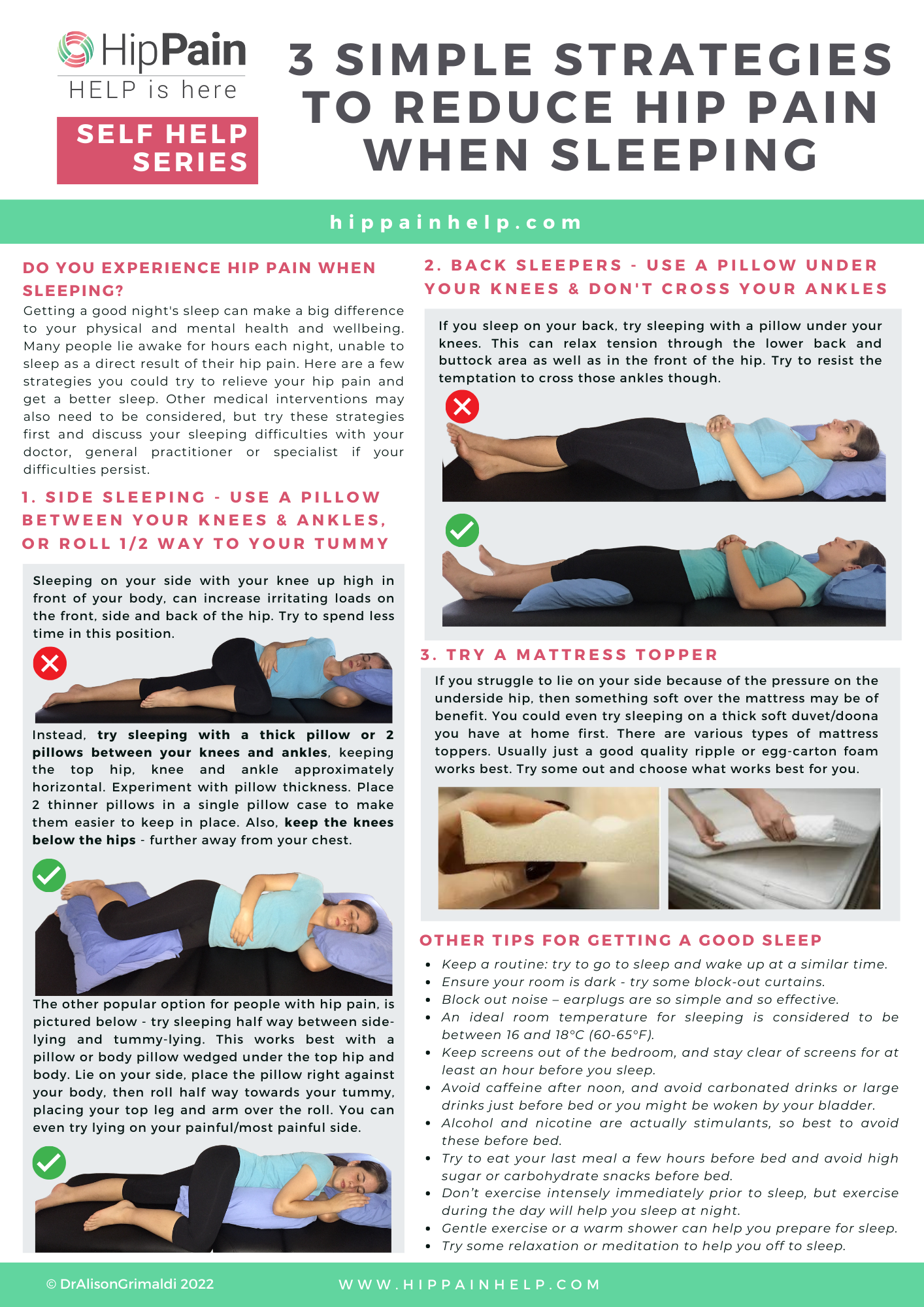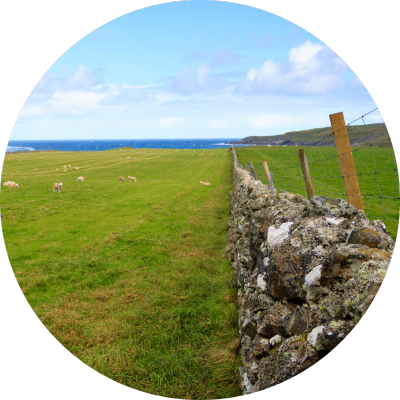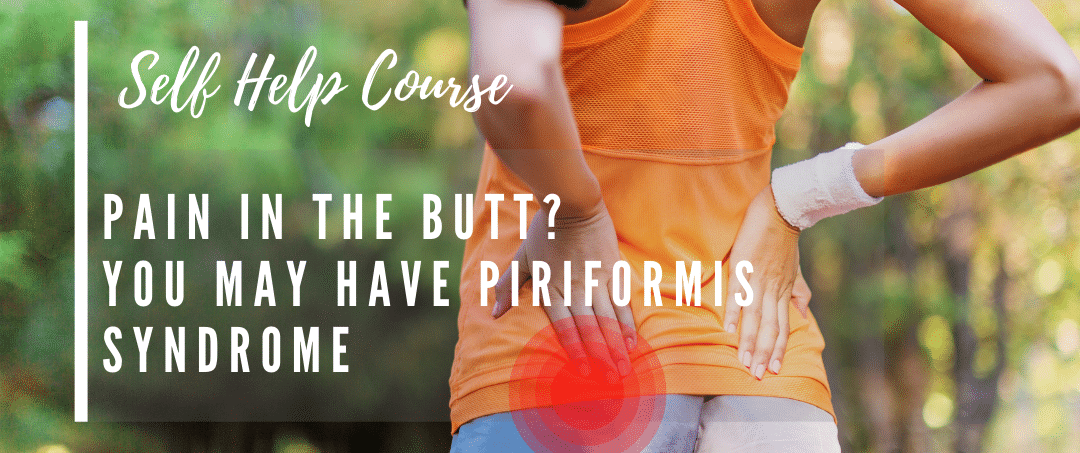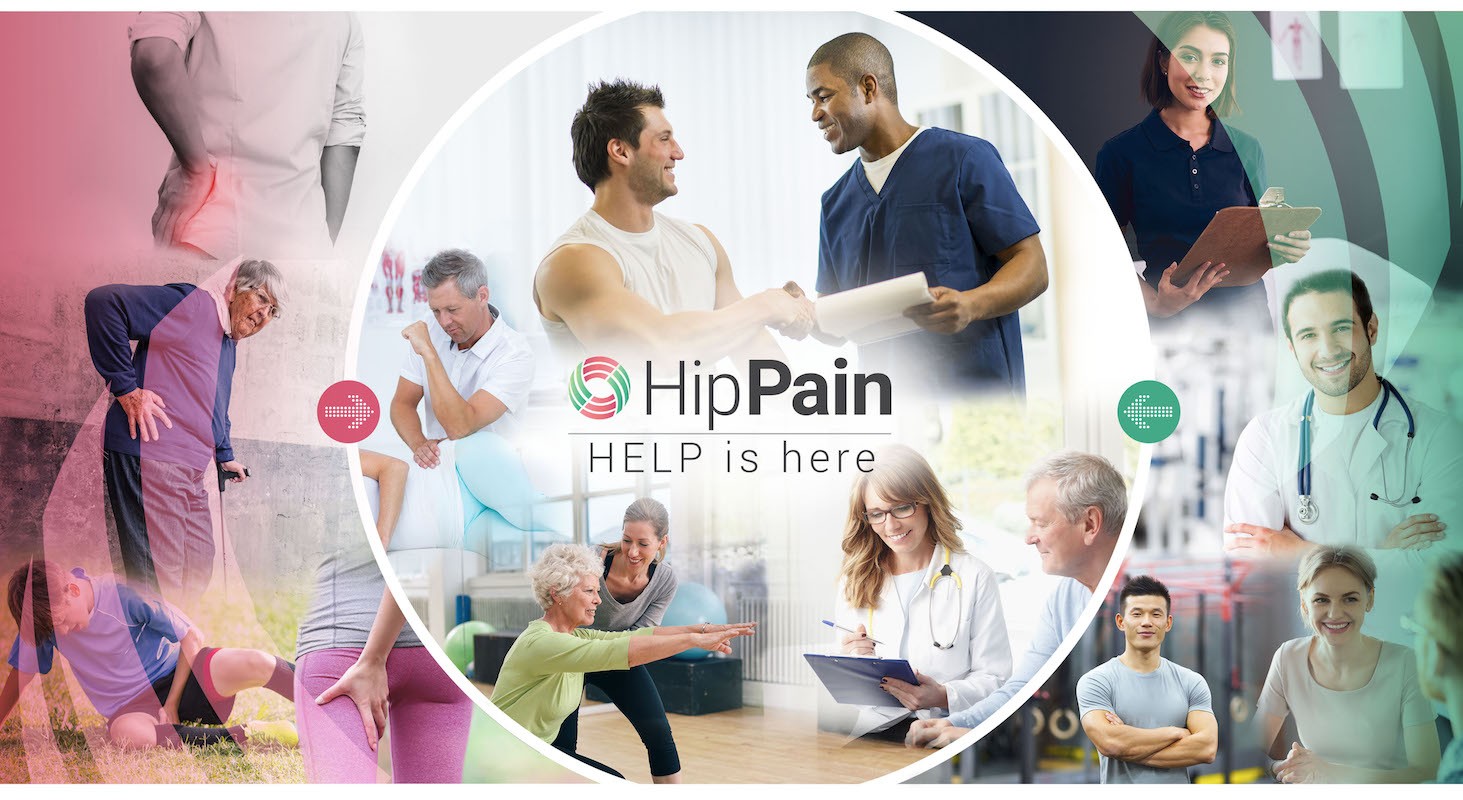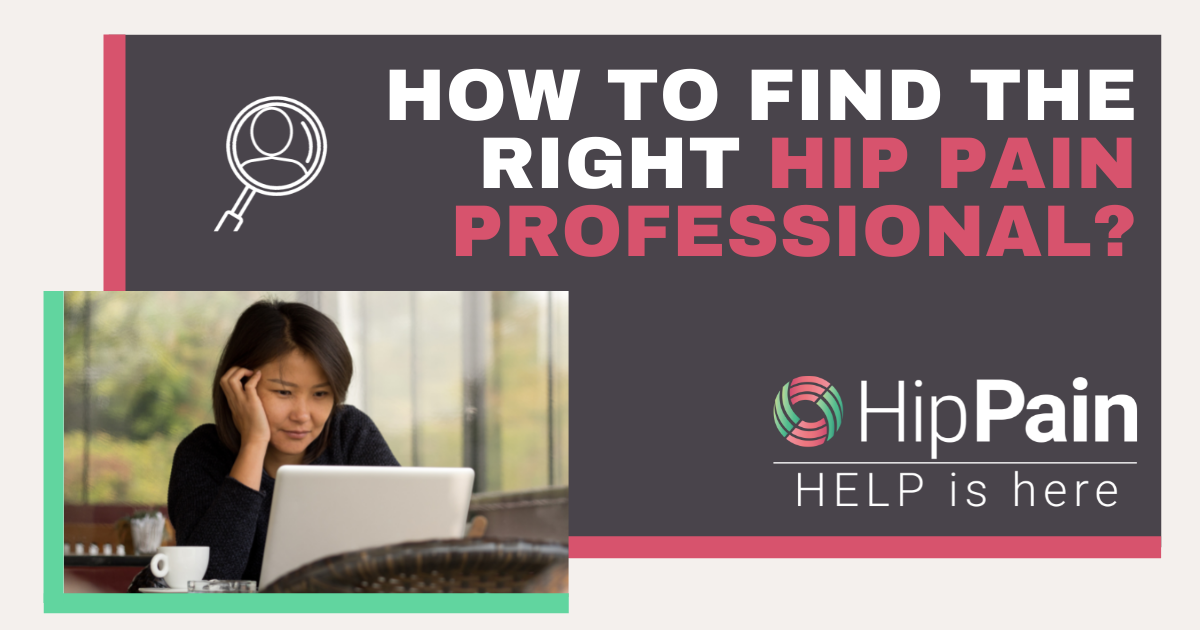If you are a side sleeper, try sleeping with a pillow between your knees and ankles.
When you lie with your top leg resting down on your bottom leg, this can create more of an angle of the top thigh dropping across your body. This may have an impact on pain coming from your hip joint, for example, in conditions such as FAI syndrome, hip dysplasia, and hip OA.
This position may also have an impact on the soft tissue structures (muscles, tendons, and bursa) around the hip and pelvis, such as in conditions like gluteal tendinopathy, or greater trochanteric pain syndrome.
Nerve related conditions may also become aggravated, such as with hip-related sciatica.
Having the top and bottom legs slightly separated may help position the top leg in a way that takes stress and strain away from these soft tissues, reducing overall pain.
Try sleeping with a pillow between your knees and ankles. Experiment with different pillow thicknesses …..it is far easier to just deal with only one pillow in the night that is the correct size, rather than two pillows!!!


